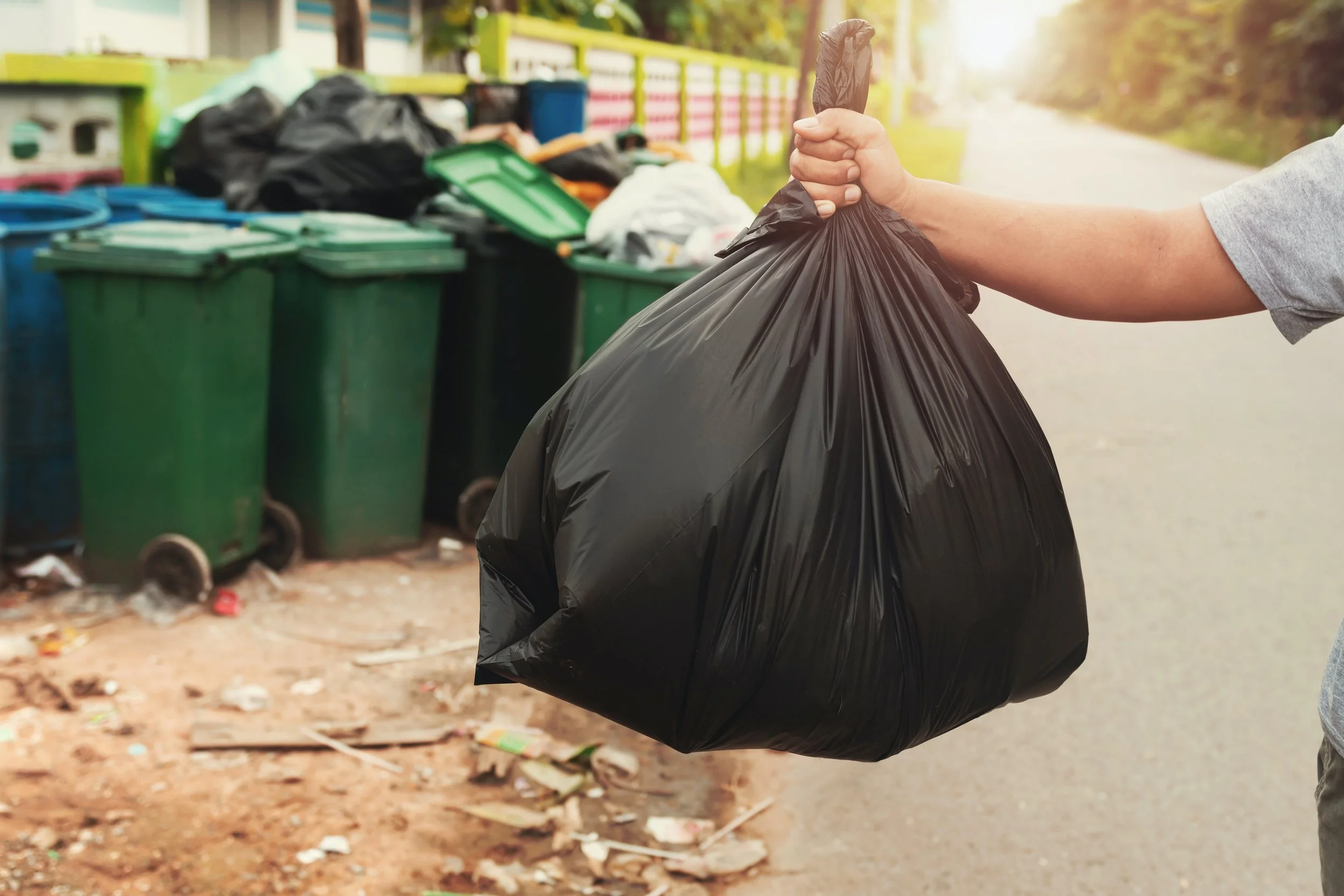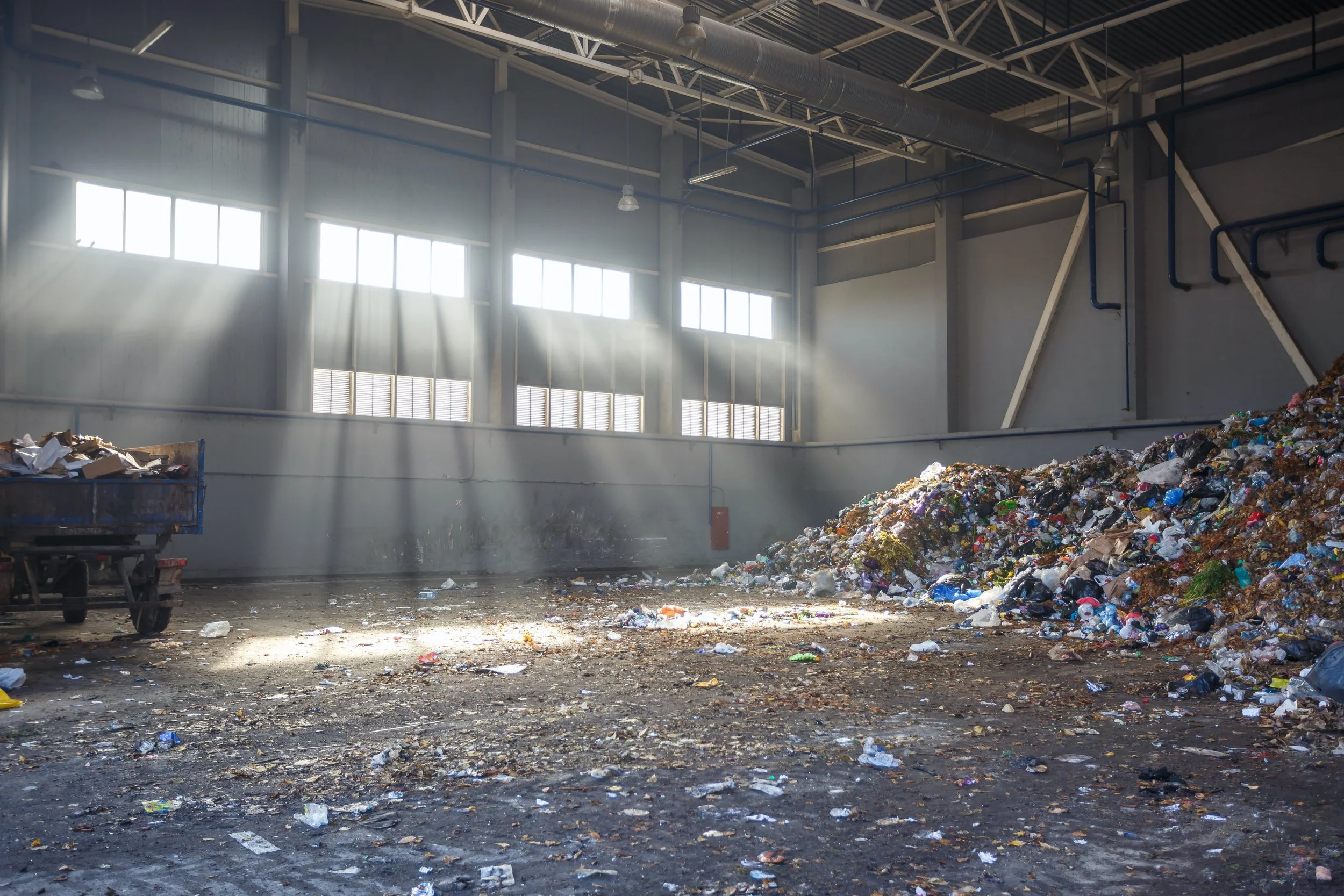Waste to Energy: Turning Landfills into Gold Mines
Contents
Introduction
Background and benefits
Market forces
Regulations and other hurdles
Investment opportunities
The potential scope of impact
Market segments
The process and components
Impact
Environmental & socio-economic
Market movers
Leaders & fast followers
Investors
VC / PE / Funds
Final Thoughts
Can innovation overcome costs?
Introduction
As waste builds, alternatives will soon be required.
More than 2 billion tons of waste are generated each year globally according to the World Bank, and it is predicted that global waste generation will increase by 70% by 2050. With waste piling up in landfills, people are scrambling to find alternatives to treat waste and avoid the landfill pipeline.
Finding ways to repurpose or manage waste is never an easy task and varies depending on local government regulations. Although the waste-to-energy industry may have taken the saying “one man’s trash is another man’s treasure” too literally, it seems to be getting better at it, as the market is rapidly expanding. The industry may have many issues, such as variability in pollutants depending on the type of fuel, but the waste-to-energy industry effectively tackles landfill issues by repurposing waste. Some worry that this approach will also divert attention from improving recycling systems but it is definitely an alternative to the landfill crisis.
The waste-to-energy market has two key advantages: it is a solution for reducing waste in landfills, and it is also an approach to alleviate dependence on fossil fuels.
Waste-to-energy is a broad market category. However, the overarching theme is repurposing and diverting landfill-bound waste. Materials with long lifespans occupying space in landfills which cannot be recycled are converted into energy. This process also includes biomass combustion, which avoids methane emissions in landfills, a process that reduces accelerated warming due to methanes high global warming potential.
Trash to Treasure
Waste-to-energy can be a solution to reducing waste in landfills as well as an approach to lessen dependence on fossil fuels.
Market Trends: Forces, Facts, Figures
Market FORCES
The success of the waste-to-energy industry is highly dependent on regional needs, government regulations, and feedstock composition.
Facilities that require natural gas may benefit more from biogas and biomethane derived from anaerobic digestion and thus only benefit from biomass waste.
Facilities which burn solid fuels at high temperatures may favor fuels with a higher plastic or other solid non biodegradable material fuel composition.
In 2020, $1.3 trillion was spent on the circular economy.
In 2022, a law in California took effect requiring collection of organic waste to convert to renewable energy.
Market facts
The leading countries in the waste-to-energy market are China, Japan, Taiwan, and Singapore. These countries have higher population densities than many western countries and must deal with landfill issues more efficiently. Therefore, waste-to-energy is a compelling solution.
Market figures
The levelized cost of energy (LCOE) is the net present value of the unit of cost of usable energy production over the life cycle of the fuel product, from material sourcing to combustion. The LCOE of waste-derived fuel sources is highly dependent on the type of fuel and treatment method.
The LCOE of municipal solid waste fuel is $0.12 to $0.17 USD per kWh of fuel excluding subsidies
The LCOE of coal is $0.065 to $0.152 per kWh, which is less than most waste derived fuels.
The LCOE of anaerobic digestion can range from $0.14 USD to $0.27 per kWh of energy generation, which is on the higher end of the range for waste-derived fuels.
The LCOE of energy generation from landfill gas is $0.05 to $0.068 USD per kWh.
In 2020, $1.3 trillion was spent on the circular economy
Investment Opportunities
Since the waste to fuel industry is so vast, there are plenty of areas for investment and improvement.
Supply chain and material sourcing
Material sourcing has a large impact on the greenhouse gas emissions resulting from the fuel, thus investment seeks to develop more sustainable waste collection practices. Innovations such as smart waste bins and pneumatic waste pipes could lower emissions associated wit this part of the supply chain.
Fuel refinement
Fuel refinement determines the efficiency of a fuel, the air pollutants and environmental impacts, and what facilities it is suitable to be used in.
Power generation and combustion plants
Depending on the fuel composition, the waste-to-energy combustion facilities need to be designed to handle specific pollutants associated to the type of fuel.
Improving plant safety and efficiency will help promote the widespread use of waste-derived fuels.
Decreasing toxic air pollutant release into the ambient atmosphere, including point-source capture and careful selection of materials to use for combustion is crucial.
Enhanced gas capture from landfills
Not all landfills have efficient landfill gas capture systems implemented, such practice varies across states.
If companies wish to obtain methane avoidance credits for their waste-to-fuel products, they could benefit more in locations with inefficient landfill gas capture systems.
Enhanced and improved material recycling
Emissions associated with refuse derived fuel (waste converted into a solid fuel product) can be lowered if companies can efficiencty sort out metals and other non-combustable components and recycle them.
Market Segments
Refuse-derived Fuel
Refuse-derived Fuel (RDF) involves sorting and shredding a material prior to burning. It is a crude form of fuel, as it is unprocessed besides shredding.
Tire derived fuel (TDF) is a specific form of refuse derived fuel and is made from scrap tires. Tires have a relatively high energy density, making them a good candidate for an RDF.
Since refuse-derived fuel is less refined, the potential for a wider variety of toxic air pollutants is higher. Therefore, RDFs are more practical for industrial applications with higher combustion temperatures where most of these pollutants are likely to be destroyed. RDFs are often used in cement kilns, an industry known for being challenging to decarbonize due to high temperatures needed in the production process.
Anaerobic Digestion
Anaerobic digestion is a process that harvests energy from waste consisting of food and biomass. Bacteria turn the organic waste into a biogas in the AD. Anaerobic digesters capture the biogas that would otherwise be released from decomposition in landfills, refines it to biomethane, and then uses the gas as a form of renewable energy.
This technology is ideal where compostable materials are easily sorted or if the waste has a large share of biomass.
Waste feedstock is collected, sorted, and transported to an anaerobic digestion facility. The facility mirrors an ideal environment for anaerobic digestion, removing waste.
The first anaerobic digestion plant was constructed in Bombay, India in 1859 and the plants are becoming increasingly efficient.
Source: Science Direct
Landfill gas to energy
Landfill gas is collected through an intricate well that harvests gases released by municipal solid waste landfills. The collected gases are then transported via pipes to refinement plants, where it is processed into a usable form of energy.
Landfill gas to energy captures methane gas, therefore significantly reduces the high impact of methane emissions from landfills. Landfill gas is composed of 57% methane, 42% carbon dioxide, and less than 1% of nitrogen, hydrogen, and oxygen.
The landfill gas can be used in various applications after dewatering but can undergo further refinement for applications requiring a purer form of gas; it requires intermediate refinement for electricity use and advanced refinement for implementation in commercial vehicles.
Impact
By burning organic waste that would otherwise be landfill-bound, the waste-to-energy industry effectively reduces the emission intensity from methane in landfills, which has a global warming potential 28 times greater than carbon dioxide. Additionally, waste-derived fuels effectively reduce the amount of single-use plastics in landfills. However, waste-derived fuels still have some outstanding issues..
The most relevant downside of waste-to-energy fuels is the generation of toxic air pollutants, including sulfur dioxide, hydrochloric acid, dioxins, small particulate matters (PM2.5)furnans, and heavy metals depending on the composition of the feedstock.
Waste-to-energy inevitably involves the destruction of potentially reusable and recyclable materials, such as minerals and plastics. While there are often sorting systems in place for waste streams, scraps of useful materials will be, inevitably, destroyed.
Some fear that the industry might also reduce the incentive to improve landfilling and recycling systems. If burning waste for energy becomes a feasible alternative to waste disposal, then it may not be very compelling to continue improving recycling systems.
The carbon footprint of the waste-to-fuels industry is entirely dependent on feedstock composition. The debate on tagging the burning of waste as an environmentally friendly practice continues, however, depending on the feedstock composition, the process might yield different results. The reason for this is that the according to the 2006 Intergovernmental Panel on Climate Change (IPCC) guidelines, carbon dioxide emissions of biogenic materials can be considered as climate-neutral as this carbon is generated by the natural cycle. In other words:
If the feedstock has a higher biomass composition, then the resulting carbon emissions would decrease.
However, if the feedstock has little to no biomass component, then the emissions could be relatively high. If the waste consists of 0% biomass, then the carbon emissions resulting from fuel combustion are comparable to fossil fuels.
States with waste-to-energy plants
Market Movers: Current and Future Heavy Hitters
Veolia is a North American waste water treatment, waste management, and waste-to-energy company.
Covanta is a waste-to-energy company that diverts about 10% of the waste generated in North America.
The Zero Waste Energy Development Company, located in San Jose, is the largest anaerobic digestion facility in the United States.
Ragn Sells: is a Swedish company specializing in tire-derived fuels and other types of waste management promoting the circular economy and its impact on mitigating climate change.
Liberty Tire Recycling is a tire-derived fuel company based in the United States. They claim to divert 190 million tires annually from landfills and has 40 thousand customer locations across the United States with their headquarters in Pittsburg, PA.
Bioenergy DevCo raised, as of the end of 2021, $100 million to build anaerobic digestion plants around the world. Bioenergy DevCo already has 240 anaerobic digestion plants worldwide.
Future Heavy Hitters
Citron Energy is a waste-to-fuels company aiming to divert landfill waste and convert it into renewable energy. Citron collects an assortment of waste to convert to a refuse-derived fuel and plans to sell their fuel for usage in cement kilns.
Venture Capital/PE and Other Fund Investors
USWTE is an investing company targeting the waste to fuel industry.
Final Thoughts
The environmental impact of the waste-to-energy industry depends mostly on the feedstock composition and the recycling potential. Depending on the composition of the feedstock, air pollution and carbon dioxide emissions may be the largest drawbacks from refuse-derived fuel combustion. However, diverting waste and turning it into gasses, electricity, or fuels still has its merits compared to burning fossil fuels.





